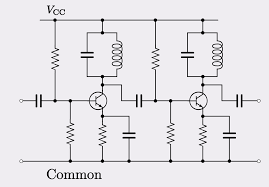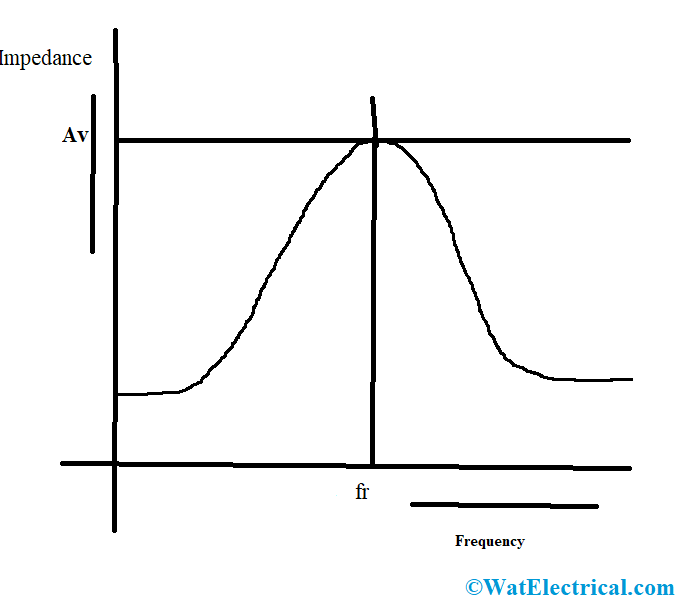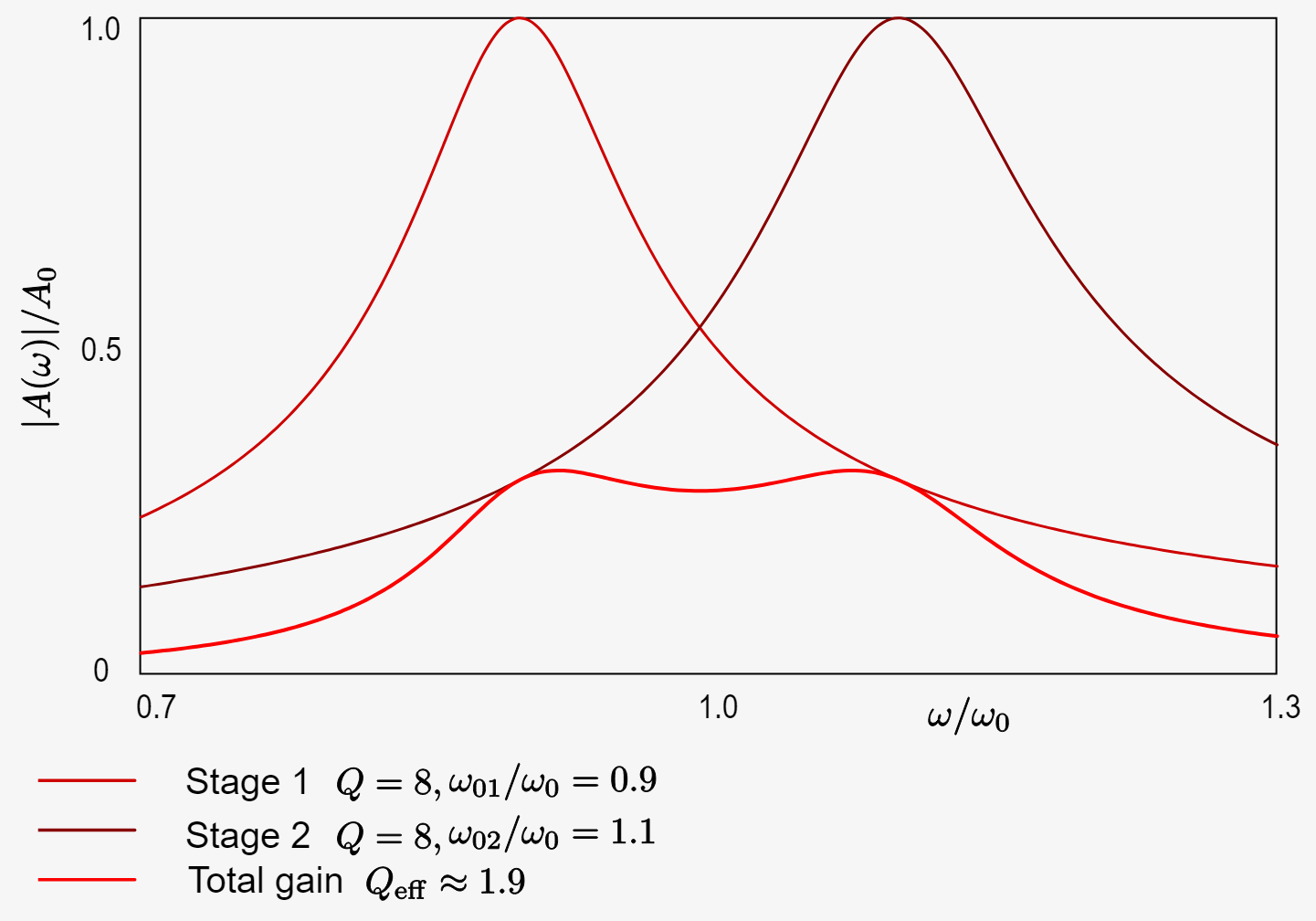One of the most prominent devices in the electrical and electric circuits is an amplifier. This is mostly employed for the purpose of amplification of signals. Amplification can be done through multiple kinds of amplifiers. And the categorization of amplifiers is done depending on various factors like the voltage, current, impedance, and capacitance levels. Few of those are power, current and voltage amplifiers. Apart from these, the unique classification is tuned amplifiers. So, this article shows a clear explanation of the tuned amplifier, its types, working, and applications.
What is a Tuned Amplifier?
Definition: One of the most prominent circuits in the electronics domain is the tuned amplifier where the prominent utilization is for the selection of specific frequency ranges. The name itself depicts that tuned corresponds to selection. The frequencies that are necessary are selected and the other is rejected. When the amplifier is used in the place of load, it is called a tuned amplifier circuit.

Tuned Amplifier
In this circuit, bandwidth enhanced with the amount of coupling. The deciding parameter in this circuit is not the Q factor but the coupling ratio. So, it means that higher bandwidth can be obtained when there is a maximum coupling. The bandwidth of this circuit can be given by
B.W = kfr
Here, ‘k’ is the coupling coefficient and ‘fr’ corresponds to the resonant frequency
Tuned Amplifier Frequency Range
As the amplifier circuits hold the resonance property, they are supposed to permit the selected range of frequencies. The resonant frequency is termed as the centered frequency level of the chosen frequency bands. In general, these circuits are known to deliver maximum gain so that the high impedance values too. These amplifiers are mainly constructed for allowing minimum B.W frequency signals. And the frequency range of the circuit is given by
fr = 1/(2∏(sqrt(LC))
And the frequency curve is shown as follows:

Frequency Response
Stability
When the amplifier has minimal bandwidth, then the signal amplification can’t be done completely and efficiently. Even this decreases the reproduction procedure too. This signifies the stability of the tuned amplifier.
Types
The classification of this amplifiers are as below
- Single-stage amplifier
- Double stage amplifier
- Staggered amplifier
Single-stage Tuned Amplifier
The amplifier circuit having a single-stage tuning section positioned at the collector of an amplifier is termed as a single-stage amplifier circuit.
A streamlined amplifier circuit where it is constructed in the way that a parallel tuned circuit is positioned at the collector load. For this circuit, the inductance and the capacitance values are chosen so that the resonant frequency is made similar to that of the amplified frequency. Here, the output is received either from the secondary winding or from the coupling capacitor.
Working
The signal which needs to undergo amplification is applied as input to the amplifier. By modifying the capacitance values, the resonant frequency is allowed to be similar to that of the applied signal frequency. This connection allows providing maximum impedance values to the signal frequency which indirectly shows the scope for maximum output. Only at the tuned frequency level, maximum impedance is received, the other level of frequencies is eliminated by the tuned circuit. So, the main working of this circuit is to choose the signal and let it undergo the amplification process.
Double-stage Tuned Amplifier
The amplifier circuit having a double stage tuning section positioned at the collector of an amplifier is termed as a double-stage tuned amplifier circuit. The construction of this is:
A streamlined amplifier circuit where it is constructed in the way that two parallel tuned circuit is positioned at the collector load. Through the principle of mutual coupling, the output of the first tuned circuit is fed as input to the second tuned circuit.

Double Stage Tuned Amplifier
The signal which needs to undergo amplification is applied as input to the amplifier. Here, the frequency of the first tuned circuit is tuned as that of the signal to provide maximum reactance. Therefore, maximum output is obtained at the output and it is fed to the second tuned circuit. So the overall output is high and so extensively used for the applications of TV and radio receivers.
Stagger Tuned Amplifier
The overall frequency range of the tuned amplifiers are enhanced through stagger tuned amplifiers. The entire response demonstrates that increased flatness all across the center frequency band. To perform this operation, few tuned circuits have to work altogether. The individual outputs of the tuned circuits are added up to gain the entire response and this is performed by a stagger tuned amplifier. As because the frequency levels of each circuit are either staggered or shifted, the name is a stagger tuned amplifier. The principle benefit of this is an enhanced bandwidth level. The frequency response can be shown as below:

Stagger Tuned Amplifier Frequency Response
Further types of tuned amplifiers are:
Class C Tuned Amplifier
In this type of circuits, bias is done so that the conduction is minimal to 1800. When compared to class A, class B, and class AB, C-type amplifiers show enhanced efficiency which is that output power is maximum. As these circuits are operated through non-linear input functions, these are not efficient for linear amplification purposes. Class C tuned amplifiers used in the device which have steady output amplitude modulating devices. This is the reason that the maximum frequency signal is handled through a minimal frequency signal.
Synchronously tuned amplifier –
When the tuned amplifiers are in the cascading phase and when all these amplifier stages are analogous to the frequency f0, then it is termed as the synchronously tuned amplifier. This connection allows for bandwidth decreasing and gains enhancement.
Applications of Tuned Amplifier
Tuned amplifiers are employed mainly for
- Choosing the specific frequency ranges
- Signal amplification to the corresponding levels
- Tv receivers
- Radio receivers
- Employed in wireless communication circuits
Advantages/Disadvantages of Tuned Amplifier
The advantages are:
- High range of selectivity
- Minimal collector voltage levels
- Reduced power loss
- Can receive maximum output and also S/N ratio is good
- Highly applicable for radio and TV receivers and transmitters
FAQs
1). What range of frequency is tuned amplifiers used?
Tuned amplifiers use frequencies in the range of 20 Hz to 20kHz.
2). What is meant by the tuned circuit?
The tuned term defines the combination of capacitor and inductor and this combination allows us to select certain frequencies.
3). What is an electronic tuned amplifier?
The tuned amplifier said to be electronic when the circuit consists of bandpass filters.
4). What is a single tuned circuit?
The circuit which performs like a tuned circuit consisting of single inductance and capacitance is called a single tuned circuit.
5). Why is stagger tuning necessary?
Staggering is required to enhance the bandwidth levels of the multi-stage amplifier so that the entire gain is improved.
Finally, this is all about the concept of tuned amplifiers. As because of its exclusive features and efficient properties, these amplifiers are implemented in many industries like electrical, power engineering, construction, and others. Know more about the concepts related to tuned amplifiers and other classification?